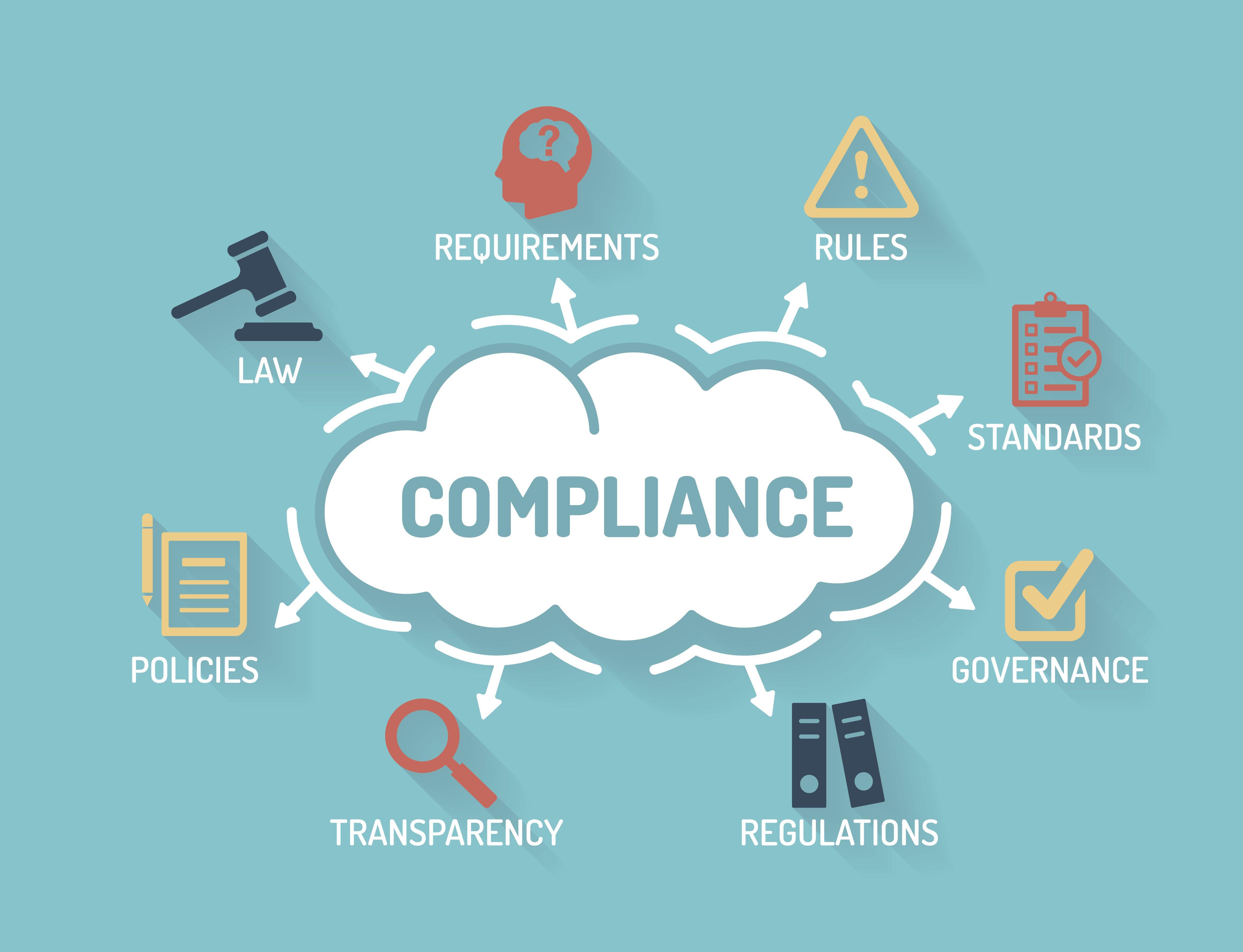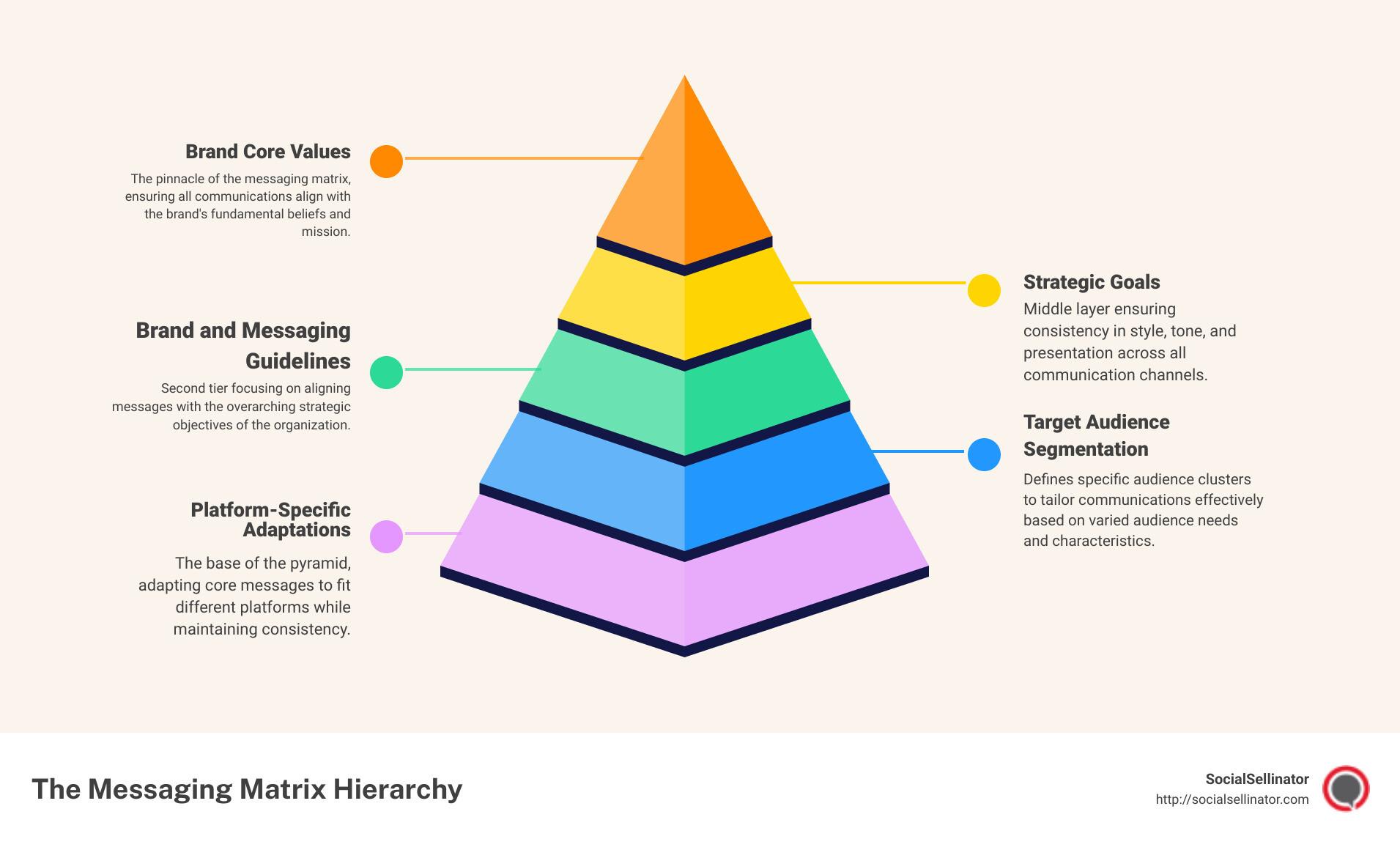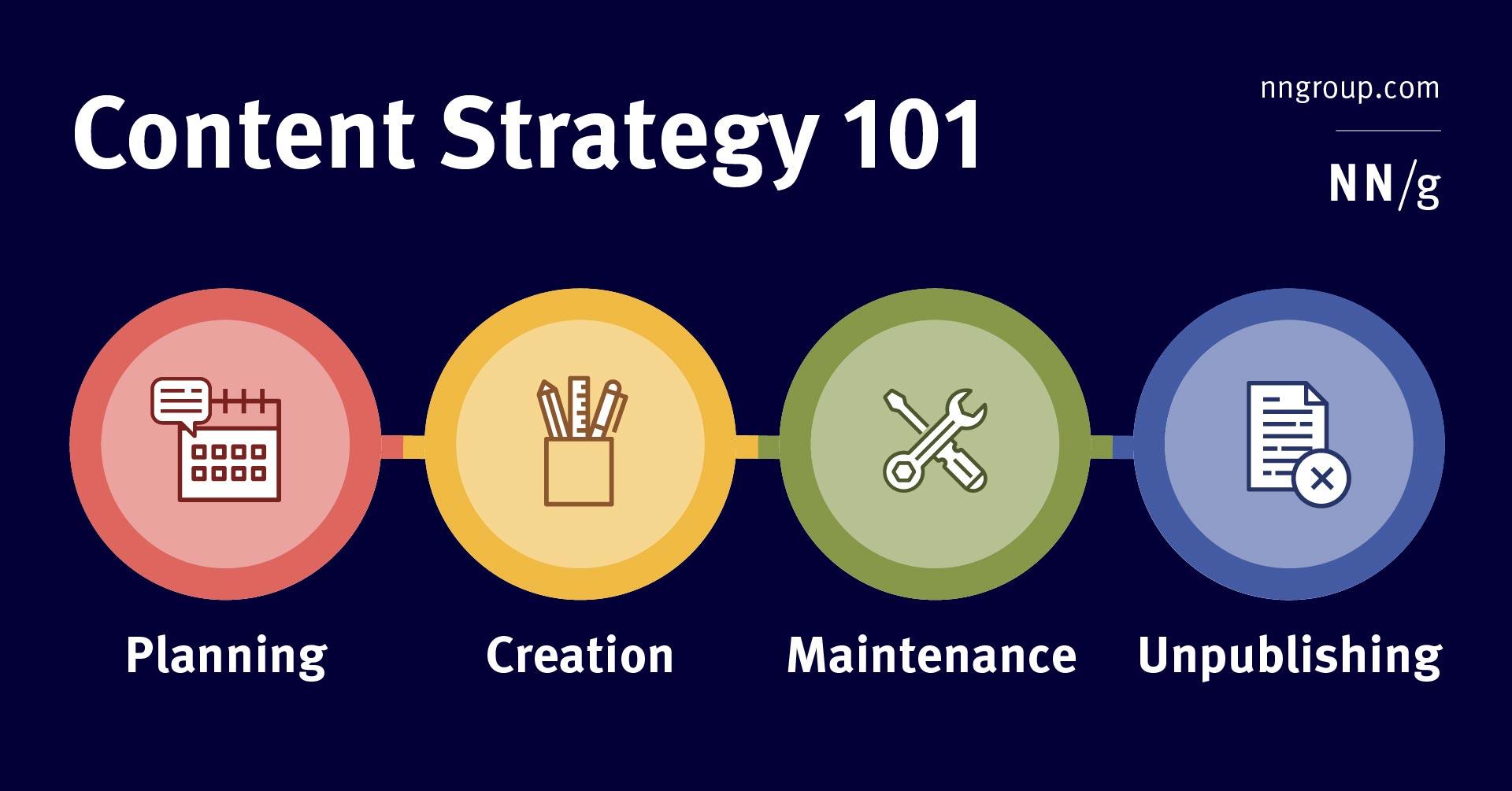



In today’s digital landscape, where content reigns supreme, developing a robust content strategy has become a crucial challenge for businesses across various sectors.However, for organizations operating in regulated industries, such as healthcare, finance, and pharmaceuticals, crafting a content strategy comes with its unique set of hurdles. Navigating the fine line between compliance and creativity is not just a necessity—it’s an art form. This article delves into the intricacies of developing a content strategy that not only meets stringent regulatory standards but also engages and educates target audiences. By understanding the specific regulations at play and leveraging innovative approaches, businesses can cultivate a content landscape that drives engagement, builds trust, and ultimately enhances their reputation. Join us as we explore best practices, insights, and strategies that empower organizations to effectively communicate their message while adhering to the guidelines that govern their industry.
in the realm of regulated industries, content creation is not merely a marketing task but a meticulous navigation through a complex legal terrain. Organizations must grapple with rules that dictate how they communicate with their audiences. This involves understanding the specific regulations that apply to their sector, such as privacy laws, advertising standards, and compliance mandates. As a result, developing a content strategy requires a careful balance between creativity and adherence to these regulations. For instance, organizations in healthcare must ensure that their content is not only informative but also compliant with regulations such as HIPAA, which protects patient data.
Moreover, the unique landscape of regulated industries creates opportunities for brands to establish a trustworthy voice in a crowded marketplace.By prioritizing transparency and accuracy, businesses can effectively engage with stakeholders while building an authentic reputation. Key components to consider in this landscape include:
Investing in these areas can foster not only compliance but also deeper connections with your audience, ultimately enhancing brand loyalty and trust.

Creating compelling content in regulated industries requires a delicate balance between compliance and engagement. To successfully navigate this terrain, it’s essential to understand the regulations that govern your industry. Familiarize yourself with guidelines set forth by relevant regulatory bodies and ensure that all content adheres to these standards. This may involve:
Moreover, developing a robust content strategy that aligns with regulatory frameworks does not have to stifle creativity. By leveraging storytelling techniques and data-driven insights, you can produce content that resonates with your audience while staying compliant. Consider incorporating visual elements and interactive components, such as:
below is a simple table demonstrating effective content formats and their engagement potential in regulated industries:
| Content Format | Engagement Potential | Compliance Challenge |
|---|---|---|
| Blog Posts | High | Sources must be cited |
| Infographics | Medium | Must avoid misleading visuals |
| Webinars | Very High | Live Q&A may raise compliance issues |

To truly resonate with your audience in regulated industries, it is indeed essential that your messaging reflects your brand’s core values while adhering strictly to the established guidelines. A deep understanding of both your target audience and the regulatory landscape is vital.Begin by outlining your brand values, which may include elements such as transparency, integrity, and innovation. These values should serve as a foundation for your content strategy, ensuring that every piece of interaction reinforces your commitment to these principles while remaining compliant with relevant regulations.
Moreover, creating a cohesive messaging framework allows you to maintain consistency across various platforms and touchpoints. Consider employing the following strategies:
Below is a simple table to visually represent the relationship between messaging alignment factors:
| Factor | Description |
|---|---|
| Brand Values | Core beliefs guiding the brand’s messaging. |
| Regulatory Standards | External guidelines that dictate acceptable messaging. |
| Consistent Messaging | Uniform communication across platforms to build trust. |

To gauge the effectiveness of a content strategy in regulated industries,it’s crucial to focus on metrics that illuminate engagement and compliance. Start by analyzing traffic to your content through key platforms, determining how many visitors access your materials. Consider the following essential metrics:
Furthermore, ensure you measure conversion-related metrics, as these reflect the real-world impact of your content strategy. Identify how well content facilitates desired actions,such as subscriptions or inquiries. Important metrics include:
| Metric | Importance |
|---|---|
| Traffic | Indicates reach and visibility. |
| Engagement | Measures user interaction and satisfaction. |
| Conversions | Reflects the success of business objectives. |
| Compliance | ensures legal and ethical standards are met. |
As we conclude our exploration of developing a content strategy in regulated industries, it’s clear that the intersection of creativity and compliance offers a unique challenge that can yield remarkable rewards. By understanding the nuances of your regulatory landscape, leveraging data-driven insights, and prioritizing transparency, you can craft content that not only adheres to guidelines but also resonates with your audience.
Navigating this intricate terrain doesn’t mean stifling innovation; rather, it’s an possibility to redefine how your organization communicates its values, mission, and expertise. The key lies in thoughtful planning,a commitment to continuous learning,and an agile approach that allows you to adapt to ever-evolving regulations and audience needs.
As you embark on this journey, remember that every piece of content is a chance to build trust, share knowledge, and create meaningful connections with your stakeholders. In regulated industries, the art of storytelling takes on a profound significance, highlighting your commitment to both compliance and the people you serve. Embrace the challenge, and let your content strategy be a beacon of clarity and engagement in a complex world.